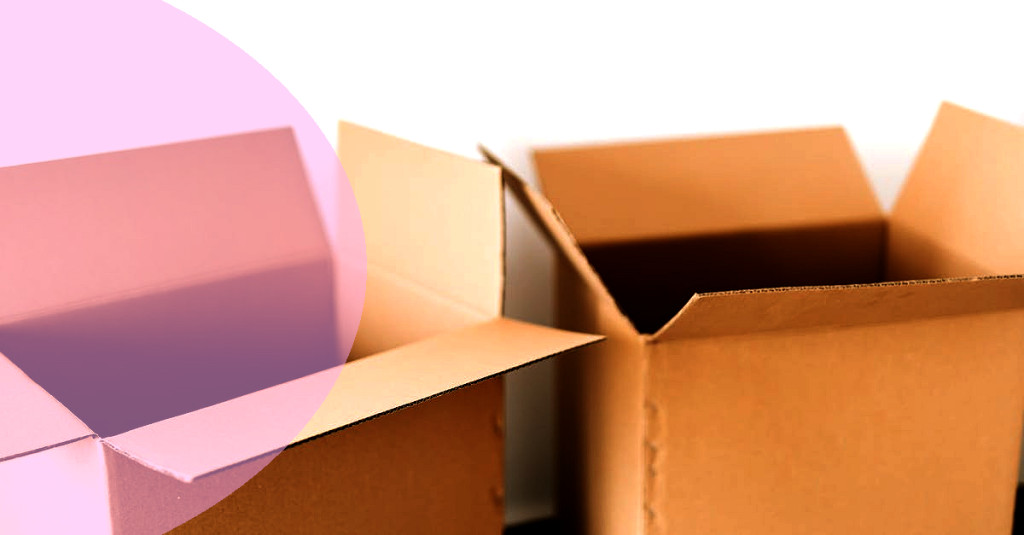Complete Guide: Installing a New Thermostat

Utilize the Power of Programmable Thermostats: Energy Efficiency at Your Fingertips
Part 1: Preparing for Your Thermostat Installation
The right thermostat can transform your home, tailoring your heating and cooling systems to your comfort and energy-saving needs. In this comprehensive, step-by-step guide, we'll walk you through everything you need to know to install a new thermostat with ease. Say goodbye to intimidating wiring diagrams and hello to smart programmable thermostats!
Why a programmable thermostat? A programmable thermostat like Nest or Ecobee can automatically adjust the temperature settings based on factors like occupancy, energy usage, and weather. That means added savings on your energy bills â and who wouldn't want that!
A Quick Disclaimer: If you've never done electrical work before or are uncomfortable with any part of this process, it's recommended that you enlist the help of an experienced professional. Always take the necessary precautions when working with electricity, including wearing safety gear and turning off power to the system.
Step 1: Choose Your Thermostat
Step 2: Gather Your Tools
Before you begin, you'll want to choose the right thermostat for your home. There are numerous options on the market, including basic, programmable, and smart models. When considering your purchase, think about factors such as compatibility with your existing HVAC (Heating, Ventilation, and Air Conditioning) system, energy-saving features, aesthetic, and budget.
Part 2: Remove Existing Thermostat and Prep the Wall
Installing a new thermostat requires a few basic tools. Here's what you'll need:
- Screwdriver
- Wire stripper
- Wire cutter
- Voltage tester
- Small level
- Drill (for mounting to wall)
- Anchor screws (if mounting to drywall)
- Camera or phone (for documenting wiring)
Step 3: Turn Off Power to Your HVAC System
Step 4: Remove the Old Thermostat Faceplate
Before starting any electrical work, safety first! To prevent shock or damage to your system, turn off the power to both your heating and cooling units by switching off the appropriate breakers on your electrical panel.
Step 5: Document the Wire Connections
Gently remove the faceplate of your old thermostat. Depending on the model, it may slide upward, snap off, or be held in place by screws. With the faceplate removed, you'll see the wires connected to the terminals.
Step 6: Disconnect the Old Thermostat
Take a photo of the wire connections to make it easier when connecting the new thermostat. It's also a good idea to label each wire with the corresponding terminal letter, using masking or electrical tape.
Step 7: Prep the Wall for Your New Thermostat
Carefully disconnect the wires from the terminals, making sure not to let them fall back into the hole in the wall. Once all the wires are free, unscrew and remove the thermostat mounting plate.
Part 3: Install the New Thermostat and Connect Wires
If the hole from your previous thermostat is too large or too small, patch or enlarge it as needed. If the wall is drywall, install anchor screws to provide a more secure mount.
Step 8: Mount the New Thermostat Base
Step 9: Connect Wires to the New Thermostat
Position the new thermostat base on the wall, using a level to ensure it's straight. Mark the screw holes before securing the base with screws. Feed the wires through the base, so they're accessible for connection.
Step 10: Attach the New Thermostat Faceplate
Using your photo and labels as a reference, attach each wire to the corresponding terminal on the new thermostat. Consult your thermostat's wiring diagram, as different models may have different terminal labels. Tighten the terminal screws, ensuring the wires are secure.
Part 4: Power Up and Customize Your New Thermostat
Follow your thermostat's manufacturer instructions for attaching the faceplate. Some may snap into place, while others may require screws.
Step 11: Restore Power to Your HVAC System
Step 12: Customize Your Thermostat Settings
Turn the breakers back on to restore power to your heating and cooling units.
After your thermostat lights up, follow the on-screen instructions to customize your settings, such as date, time, temperature preferences, and schedule. For Wi-Fi-connected thermostats, connect to your home network and set up any smartphone apps or integrations.
Congratulations, you've successfully installed your new thermostat! Now, sit back and enjoy the many benefits, from energy savings to customized climate control. Thanks to this comprehensive guide, you've gained valuable DIY skills and embraced the power of programmable thermostats. Here's to a future of energy efficiency at the touch of a button!





